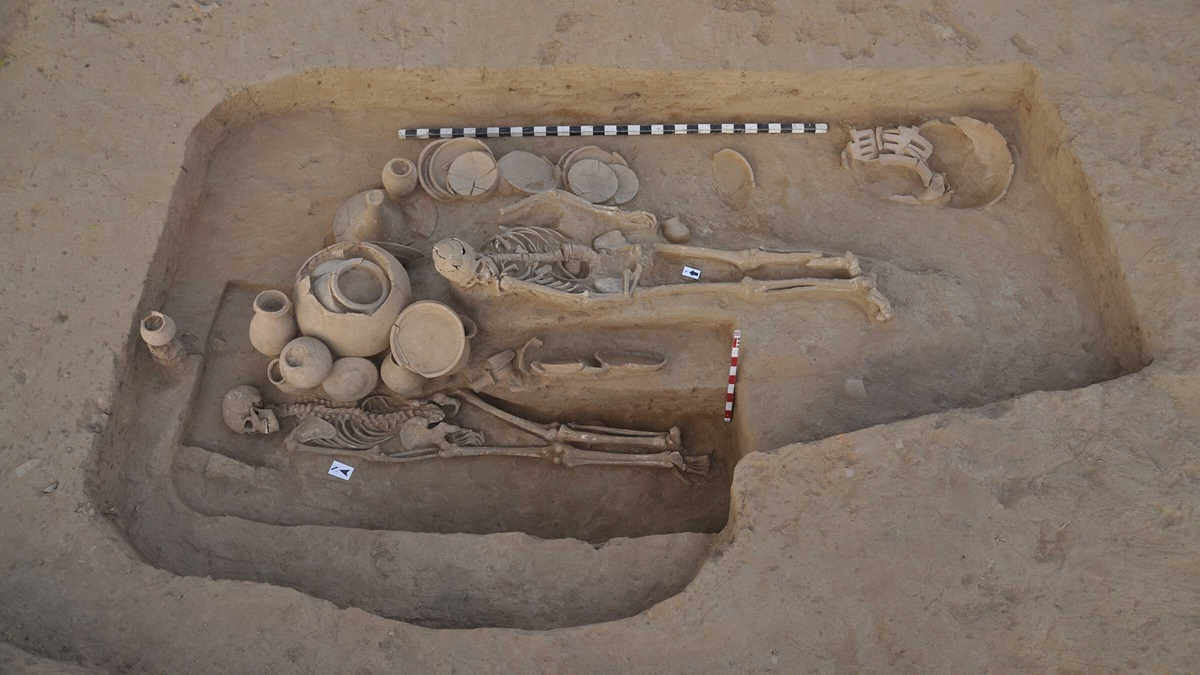DNA from samples from 8,500 to 1,300 years ago shows how ancient Europeans adapted to the development of early agriculture.
Genes underwent significant changes in 14 regions of the genome.
For example, those associated with traits that help produce vitamin D and digest milk into adulthood showed strong signs of selection, but only in the most recent periods. This includes lighter skin pigmentation for vitamin D production in less sunny climates, and the ability to use milk as a nutritional source.
“It is possible that this ability to digest dairy was important for survival during periods of crop failure, food scarcity and disease,” said lead researcher Vagheesh Narasimhan of the University of Texas (UT) at Austin.
Immune-related genes underwent changes over different time periods, probably as ancient populations adapted to new diseases introduced by the spread of agriculture and migrations.
About half of the adaptive signals were observable only in the oldest time periods. This suggests that they later disappeared due to genetic drift or were masked by population mixing.
More than 700 samples were taken from across Europe, from modern-day Portugal and Britain in the west to Russia in the east. Samples were taken from Scandinavia and the Mediterranean and everywhere in between.
Samples were grouped into 4 time periods: Neolithic, Bronze Age, Iron Age and Historical.
The oldest samples come from the Neolithic (also known as the Late Stone Age), which ended about 3,700 years ago. This period of human development is characterized by the beginning of a settled lifestyle. Communities in the Neolithic era were the first to learn to grow plants and domesticate animals for food. This represented a shift away from the hunter-gatherer lifestyle that had dominated the past 300,000 years of modern human existence.
“By studying ancient DNA, we can reach back in time and track evolutionary changes directly in historical populations,” says Narasimhan. “We reveal genetic signatures that have been largely deleted or masked in current genomes.”
Even in a short period of seven thousand years, DNA analysis was able to reveal evolutionary processes in these ancient European populations that are otherwise undetectable in modern genetic samples.
The team used a new statistical approach to examine the DNA data. This allowed them to look for signs of natural selection.
“Our method provides a clearer picture of how and when certain traits were selected, especially when those signals have been lost in modern genomes,” explains co-first author and UT Austin graduate student Devansh Pandey.
The analysis found that adaptations occurred during the transition to agriculture as people lived closer to each other and domesticated animals.
The ancient DNA analysis was published in Nature communication.
